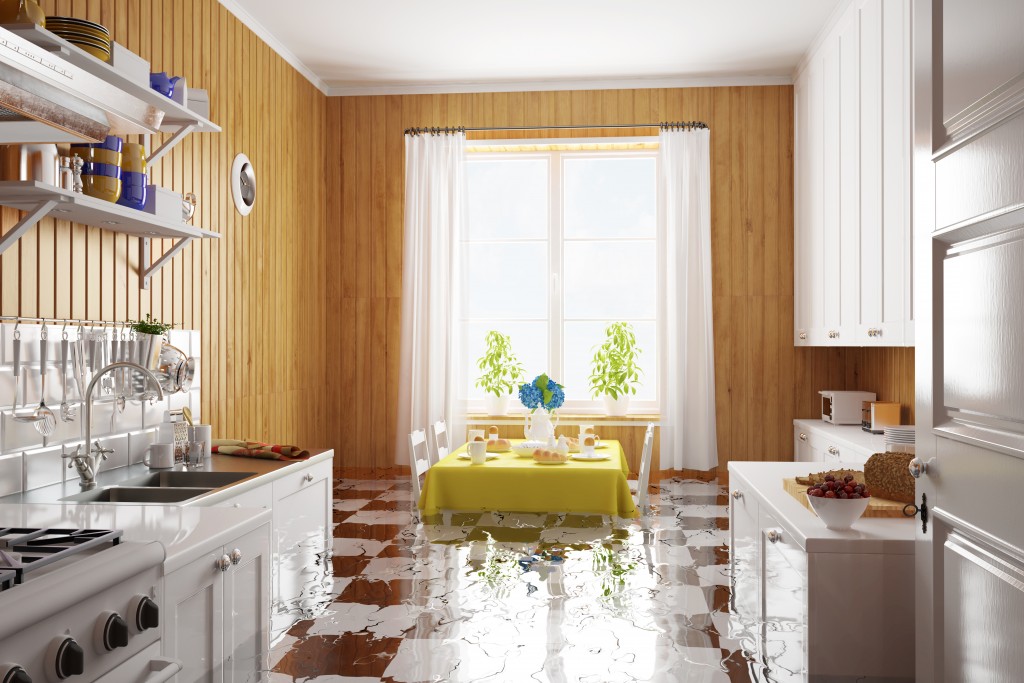Have you ever experienced flooding? Whether in your home or office, flooding causes damage to properties. It’s also a traumatic experience you wouldn’t want even for your worst enemy. How possible it is for your building to get damaged by floodwater? Assessing your home or office is always the first step to determining what you must do to keep it flood-resistant.
Causes of Flooding
What will cause flooding in your building? Storms, typhoons, hurricanes, and storm surges are some of the most common reasons for flooding in a home or office building. Even buildings in big cities can still suffer from flooding if the city government didn’t do urban planning or didn’t install flood-resistant devices. Should you wait for a big storm to happen before realizing that your building is not flood-proof?
A drizzle can cause flooding, too. It also doesn’t always come from the ground up. Sometimes, the roof on your home can be the culprit. If there are holes in your roof, a drizzle of rain can cause flooding in your attic. You should assess your home for possible entryways of the flood. Once you know where water can possibly come, then you can better identify measures that will protect your home or office.
Relocation
Before constructing the building, make sure that you are outside the floodplain. Your contractors should identify the floodplain by checking the flood maps. The maps will tell you the areas safe for construction. If the building is already up, you can consider having it moved outside the floodplain. There is a new technology that can move an entire building to another location. Yes, this is possible if you cannot consider demolishing your house and moving out of the flood area.
Elevation

You can also elevate the building above the flood level. Sure, it doesn’t contribute to the goal of never having to deal with a flood, but you can strategize enough not to leave important things on the lowest floor of your house or building. For existing structures, you can leave the first floor or basement unoccupied and move to the second story. If your house does not have a second floor, you can consider having one constructed. A second floor can protect you and your belongings during periods of intense rains.
Dry Floodproofing
Relocation or elevation is the smartest thing to do for buildings in flood-stricken areas. If these two are not possible, you can use dry floodproofing techniques. Basically, what this technique does is make the building watertight by putting sealants on gaps where water can enter.
You should add sealants to the walls and gaps in the windows. You can also construct secondary drainage and pumps to remove water that can seep into the building. However, this technique might not prevent flooding in the lower levels of the building such as the basement.
Wet Floodproofing
While dry floodproofing does not allow water to enter the area of the property, wet floodproofing is the other way around. This technique allows water to enter the structure, albeit there are flood-resistant materials that will move the water into the subgrade. If you are going to use this technique, you should evacuate the basement and never use it again. The furnace and other utilities in the basement should be moved to the upper and safer areas of the building.
In this technique, floodwater can enter through hydrostatic openings. Flood will exit through these uninhabited portions of the building. Usually, it’s either a crawlspace or an unfinished basement. The technique also uses equalized pressure to protect the walls and other structures from getting damaged. You still need to do post-flood cleanup with this technique, but it’s an effective and low-cost method to keep the flood away from your building.
Barriers
Your contractor can also build permanent barriers to prevent floodwater from entering the building. Think of this as the seawall technique. The seawall protects areas of human habitation from the seawater. Permanent barriers such as a floodwall can be constructed around the structure. However, you also need to install a backflow valve to prevent floodwater from seeping into your septic drain field (if you have one). The floodwall must also use reinforcements to make it sturdy enough to withstand the pressure of the floodwater.
Your home or office building should be safe from the flood. Even if there is no previous history of flooding in your area, you should make sure that your property is safe from it. Water damage is incredibly traumatic, is a lot of repair work, and is expensive. Preventive measures will ensure that you never have to go through the pain of fixing your property after a catastrophic flooding.

